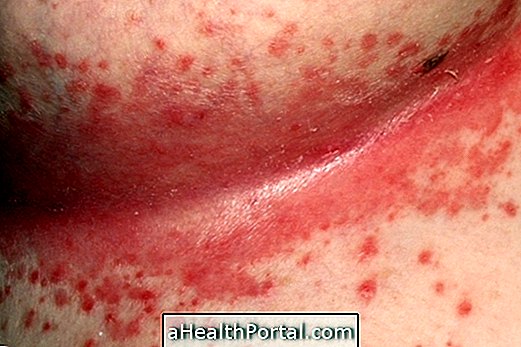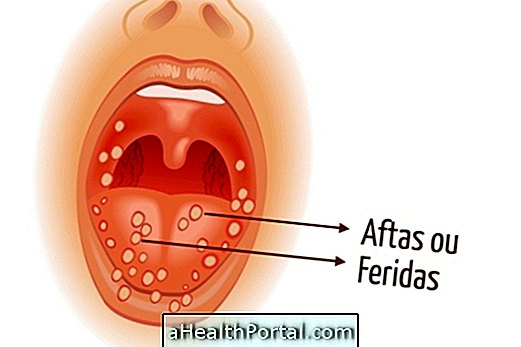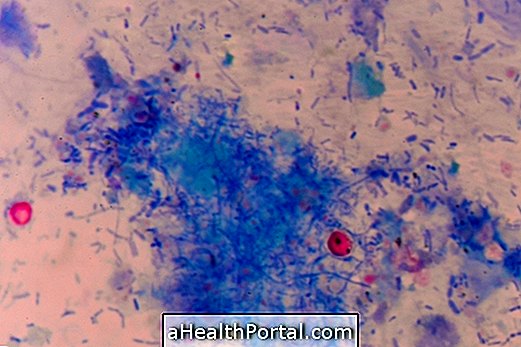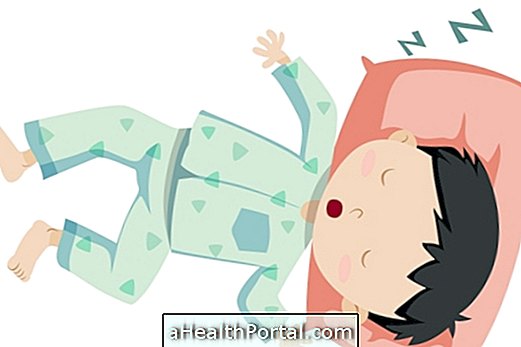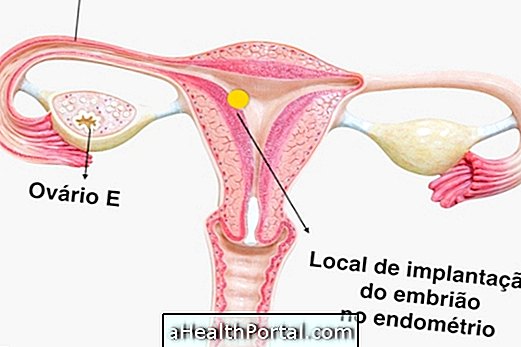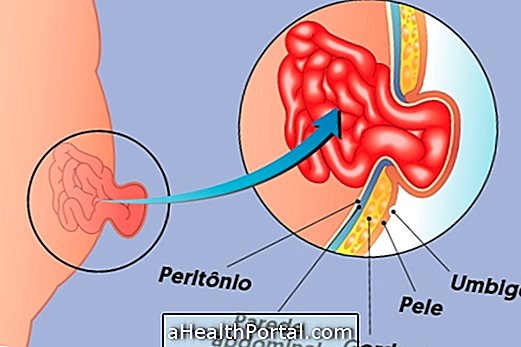Sexually transmitted diseases (STDs), also called sexually transmitted infections (STIs), are diseases caused by microorganisms transmitted during intimate contact, so they should be avoided with the use of condoms. These infections cause very uncomfortable symptoms in the woman, such as burning, vaginal discharge, bad smell or the appearance of wounds in the intima.
When observing any of these symptoms, the woman should go to the gynecologist for a thorough clinical observation, which may indicate the presence of infections such as Trichomoniasis, Chlamydia or Gonorrhea, for example, or to request tests. After unprotected contact, the infection may take some time to manifest, which may be around 5 to 30 days, which varies according to each microorganism. To learn more about each type of infection and how to confirm it, check out all about STDs.
After identifying the causative agent, the doctor will confirm the diagnosis and advise on the treatment, which may be done with antibiotics or antifungal, depending on the disease in question. In addition, it is important to know that sometimes some of the symptoms mentioned above are not directly related to STDs, and may be an infection caused by changes in the vagina flora, such as candidiasis, for example.
Some of the main symptoms that can occur in women with STD are:

1. Burning or itching in the vagina
The burning sensation, itching, or pain in the vagina can arise from both skin irritation from infection and from the formation of wounds, and may be accompanied by redness in the intima. These symptoms can be constant or worsen when urinating or during intimate contact.
- Causes : Some STDs responsible for this symptom are Chlamydia, Gonorrhea, HPV, Trichomoniasis or Genital Herpes, for example.
These symptoms do not always indicate STDs, and may also be situations such as allergies or dermatitis, for example, so whenever these symptoms appear it is important to go through the evaluation of the gynecologist who can do the clinical examination and collect tests to confirm the cause. Check out our quick test that helps indicate the cause of itching in the vagina and what to do.
2. Vaginal discharge
The vaginal discharge of the STI usually has yellowish, greenish or brown coloration, usually accompanied by other symptoms like a bad odor, burning or redness. It should be differentiated from the physiological secretion, common to every woman, which is clear and odorless, and appears up to about 1 week before menstruation.
- Causes : STIs that usually cause discharge are Trichomoniasis, Bacterial Vaginosis, Chlamydia, Gonorrhea or Candidiasis.
Each type of infection can present with characteristic traits, being greenish-yellow in Trichomoniasis, or brown in Gonorrhea, for example. Understand what each color of vaginal discharge may indicate and how to treat it.
In addition, it should be remembered that candidiasis, although it can be transmitted sexually, is an infection that is more associated with changes in the pH and bacterial flora of the woman, especially when it occurs frequently, and conversations with the gynecologist about the ways to avoid.
3. Pain during intimate contact
Pain during intercourse may indicate an infection, as STIs can cause injury or inflammation of the mucosa of the vagina. Although there are other causes for this symptom, it usually arises from changes in the intima, so you should seek medical attention as soon as possible. In infection, this symptom may be accompanied by discharge and odor, but it is not a rule.
- Causes : Some possible causes include in addition to injuries caused by Chlamydia, Gonorrhea, Candidiasis, in addition to injuries caused by syphilis, soft cancer, genital herpes or Donovanose, for example.
In addition to infection, other possible causes of pain in intimate contact are lack of lubrication, hormonal changes or vaginismus. Learn more about the causes of pain during intimate contact and how to treat.

4. Bad smell
Bad odor in the vaginal area usually arises during infections, and are also associated with poor intimate hygiene.
- Causes : STDs that can cause foul smells are usually caused by bacteria, such as in bacterial vaginosis caused by Gardnerella vaginalis or other bacteria. This infection causes a characteristic odor of rotten fish.
Understand more about what it is, the risks and how to treat bacterial vaginosis.
5. Wounds in the genital organ
Genital wounds, ulcers or warts are also characteristic of certain STIs, which may be visible in the vulva region or may be hidden in the vagina or cervix. These lesions do not always cause symptoms, they can worsen over time, and in some cases even increase the risk of cervical cancer, so periodic evaluation with the gynecologist is recommended to detect this change early.
- Causes : Genital ulcers are usually caused by syphilis, soft cancer, donovanose or genital herpes. Warts are usually caused by the HPV virus.
Learn more about the dangerous HPV infection and how it can be a cause of cervical and vaginal cancer.
6. Pain in the lower abdomen
Pain in the lower belly may also indicate an STD, as the infection can reach not only the vagina and cervix, but spread through the inside of the uterus, fallopian tubes, and even the ovary, causing an endometritis or inflammatory disease pelvic
- Causes : This type of symptom may be caused in infections by Chlamydia, Gonorrhea, Mycoplasma, Trichomoniasis, Genital Herpes, Bacterial Vaginosis or bacterial infections that can affect the region.
Learn more about the troubling pelvic inflammatory disease, and its risks to a woman's health.

Other types of symptoms
It is important to remember that there are other STDs, such as HIV infection, that do not cause genital symptoms, and can include various symptoms such as fever, malaise and headache, or hepatitis, which causes fever, malaise, abdominal pain, joint pain and skin rashes.
Because these diseases can worsen silently until they reach a serious and life-threatening condition, it is important for the woman to periodically perform re-examination of this type of infection by speaking as a gynecologist.
It should be remembered that the main way to avoid being sick is to use condoms, and that other contraceptive methods do not protect against these infections. In addition to the male condom, there is the female condom, which also provides good protection against STIs. Ask questions and know how to use the female condom.
How to treat
In the presence of symptoms that indicate an STD, it is very important to go to the gynecologist to see if it is an infection, after a clinical examination or an examination, and indicate the appropriate treatment.
Although most STDs can be curable, the treatment involves the use of antibiotics, antifungal and antiviral drugs, in ointments, tablets or injections, according to the type and the microorganism causing the infection, in some cases, such as HIV, hepatitis and HPV, healing is not always possible. Learn how to treat major STDs.
In addition, in many cases, the partner also needs to do the treatment, to avoid reinfection. Learn to identify, also, the symptoms of STD in man.



